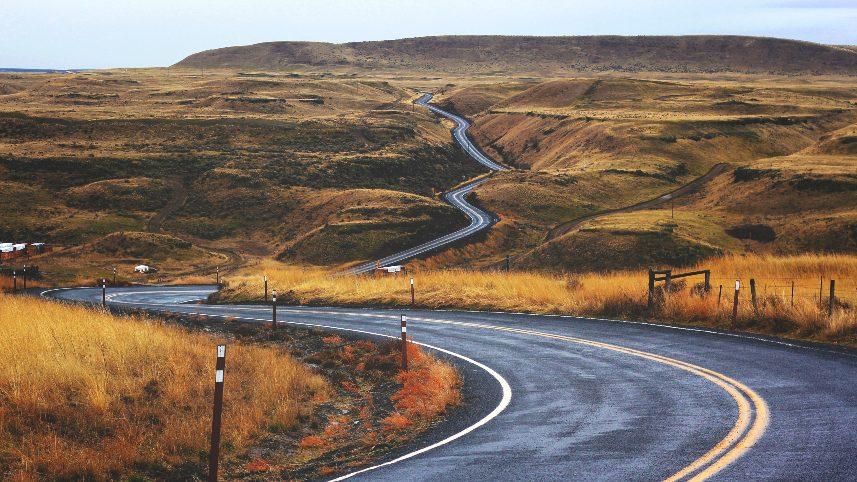Check out our entire series explaining the science involved in the coronavirus pandemic. Sign up to receive our coronavirus update.
You know what I really want? I want this stupid pandemic to be over. I’m tired of the fear. I’m tired of the uncertainty. I’m sad that I’ve become numb to the ever-increasing death toll. And I’m increasingly fed up with feeling angry at the people who refuse to do what’s best for the community. Have all the efforts that so many of us have made to protect ourselves and others been for nothing?
This pandemic often feels like that recurrent Peanuts cartoon about Lucy and the football—with Lucy always promising that this time will be different, she really will let Charlie Brown kick the ball, only to fool him yet again. In spring 2021, as vaccination rates rose and case numbers dropped, it looked as though normal life was just around the corner. (Remember “Hot Vax Summer”?) Well, the delta variant pulled away the football.
And in just the past week, as case numbers from the delta surge were starting to wane, all adults became eligible for boosters, children over the age of five became eligible for vaccination, and Thanksgiving travel became a thing again, it seemed that maybe this time normal life really was in reach. And then, whoops, here comes omicron to pull the football away again.
That’s how it sometimes feels to me, and maybe to you too. So how do you cope with that frustration, fear, and uncertainty? And (if you’re a teacher) how do you help your students cope?
Well, let’s start with recognizing that the Lucy and Charlie Brown metaphor, however right it feels, doesn’t describe our current situation at all. We are not back at square one, flat on our backs miserably watching Lucy walking away laughing just because a new variant has emerged. We are in a vastly better position than we were in March 2020, or January 2021, or even August 2021. No, really, we are.
I’m going to propose a different metaphor. My husband and I are cyclists. Well, my husband is a cyclist and I’m a (usually) good-natured cyclist impersonator. We ride in San Francisco and in Marin County, and if you’ve never been here, let me just tell you that what we’re talking about here is hills and plenty of ’em. And some of the hills around here are long—you have to ride uphill for miles at a time. So that’s hard enough, but there’s this one annoying reality that makes it even harder.
Sometimes, as you’re riding up a hill, you look ahead and you see that the hill will be ending soon. “Hurrah,” you think, “soon the pain will be over!” And then you get to what you thought was the top of the hill and you see that it’s not really the top. There’s still more hill ahead, you just couldn’t see it from below. This is called a “false summit” (although it perhaps should be called a “sad place.”)
Where we were last June—before delta—was a false summit. Where we were as delta was waning—before omicron—was a false summit. And there will no doubt be more false summits, because the novel coronavirus is firmly entrenched around the world and new variants are going to continue to emerge. The original vaccines may not provide as robust immunity against them as they did against the strain they were designed to neutralize. The new variants may grow ever more transmissible (there is, after all, powerful selection for enhanced transmissibility!) But even if the vaccines’ effectiveness drops, even if it drops quite a bit, these new variants will not cause spikes in serious illness, hospitalization, or death among the vaccinated. We are never going to be back in the situation we faced in March 2020 when, with no natural immunity, no vaccines, and no effective therapies, the only thing we could do was shelter in place and do our best to avoid the virus until some kind of medical intervention became available.


